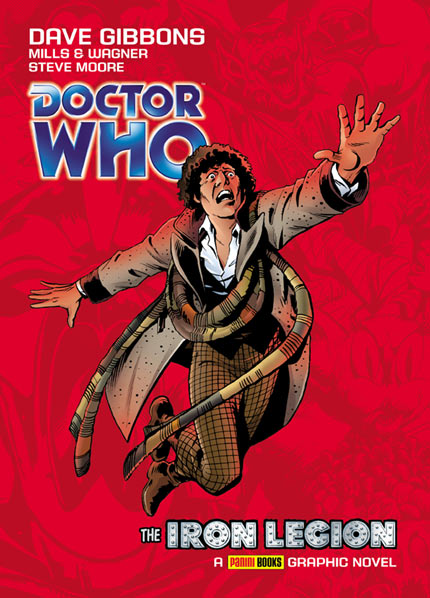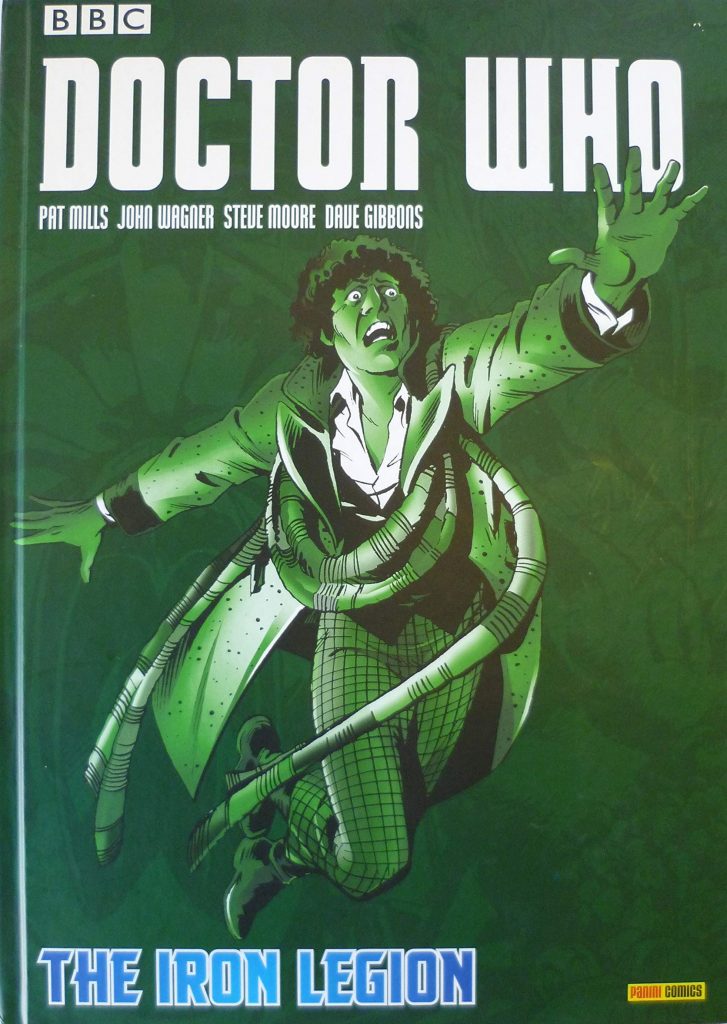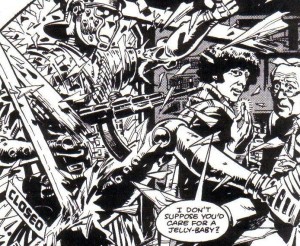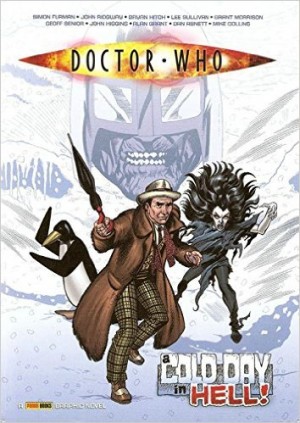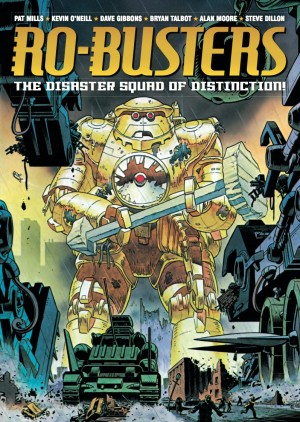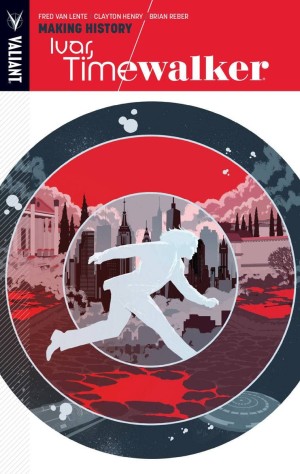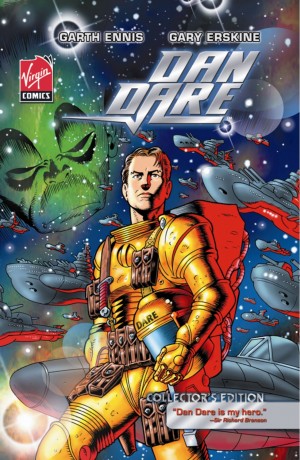Review by Tony Keen
In 1979 Marvel UK acquired the license to publish a weekly magazine about the long-running British science fiction series Doctor Who. Being a comics company, they were, of course, keen to include comics, and so began a tradition that has persisted through the magazine’s many regenerations up to today. This collection includes the first year or so of strips, reproduced as originally printed, in black and white.
Dave Gibbons draws all the material (a two-part story within this run that he did not draw is omitted). He was well-known by this time for his work on 2000 A.D., and looking for something new. Everything is drawn in his inimitable style. It’s not particularly realistic, but has a nice science-fiction atmosphere that suits the plots. Gibbons also ably captures the look of Tom Baker’s Doctor, and of the Doctor’s arch-enemies the Daleks, which often defeat other artists.
The stories are written at first by Pat Mills and John Wagner, jointly credited, though they actually alternated, using ideas they had tried to sell to the BBC. Then in the final episode here, ‘The Time Witch’, Steve Moore comes on board, delivering an effective twist at the end.
It has to be admitted that the Doctor Who of the comics often doesn’t feel much like that of the contemporary television series. The universe depicted seems more overtly satirical, echoing the science fiction milieux that Mills and Wagner had created for 2000 A.D. (though curiously anticipating the more Douglas Adams-esque feel of the TV series in the 1980s). This detachment from the television version is underlined by the fact that, at first, the rest of the Doctor’s supporting cast are omitted. This was due to tortuous licensing restrictions not automatically granting Marvel the right to use all characters from Doctor Who and their likenesses, though robot dog K-9 soon appears. Then Mills and Wagner, realizing that the Doctor needs someone to talk to in order to explain the plot, give him an original companion, Sharon (ethnically black, which placed the comic ahead of the television series in terms of representation of the diversity of the United Kingdom).
It also has to be said that sometimes Mills and Wagner don’t quite get the sound of the Doctor right, and provide him with dialogue that Tom Baker would probably have modified to fit his own idiom. Daleks also say things one can’t imagine them saying on screen. Mills and Wagner are, obviously, much more convincing with their own characters.
The stories here are all somewhat shorter than would be found in the four twenty-five minute episodes typical of the television series at the time. Nevertheless, none really feel rushed, and all are enjoyable. The best is probably the first and longest, which gives the collection its name, ‘The Iron Legion’, a tale of alternate Roman empires in space, robot legionaries and malevolent aliens. Overall, these stories are okay, but perhaps not quite deserving of the reputation they have acquired.
The series continues with Dragon’s Claw. IDW later reprinted these comics in colour, in Doctor Who Classics Volume 1 and Volume 2, Doctor Who Classics Omnibus, Doctor Who: The Fourth Doctor Anthology and Doctor Who: Dave Gibbons Collection. There is also a 1985 squarebound Doctor Who Summer Special that reprints ‘The Iron Legion’ in colour, together with ‘K-9’s Finest Hour’.
